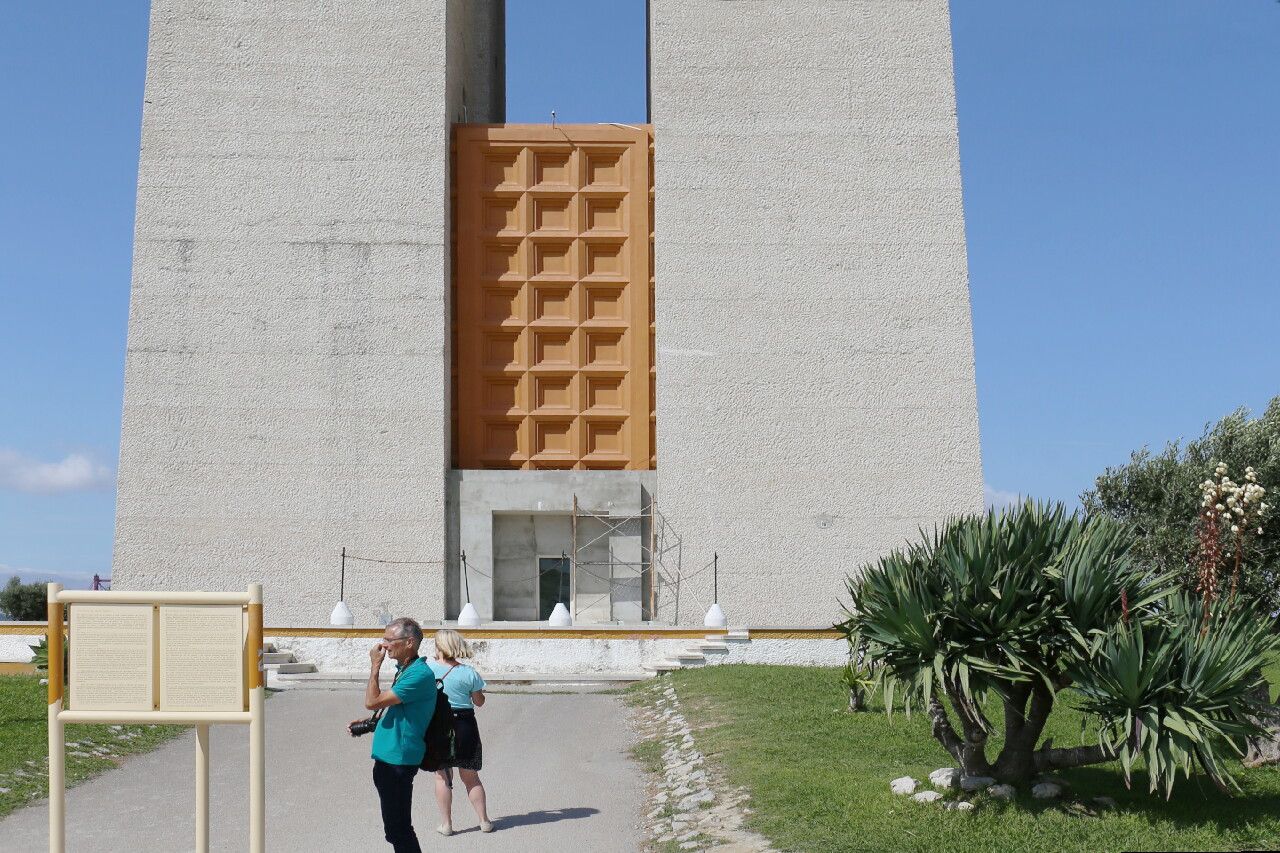Cristo Rei Monument History and Architecture
About half an hour after disembarking from the ferry in Casillas, I took my time walking to the park that stretches at the foot of Portugal's most famous monument, Cristo Rei, which means Christ the King in Portuguese. The history of this magnificent structure began in 1934, when the Portuguese Cardinal M. Serejeira visited Rio de Janeiro. The giant statue of Christ with his arms outstretched in the form of a cross made an indelible impression on the patriarch and sunk into his soul. In April 1940, the Council of bishops met in Fatima, where there was a convincing reason for the construction, the patriarch proposed to build a grand monument, as an appeal to the Lord to protect the people of Portugal from the outbreak of World War.
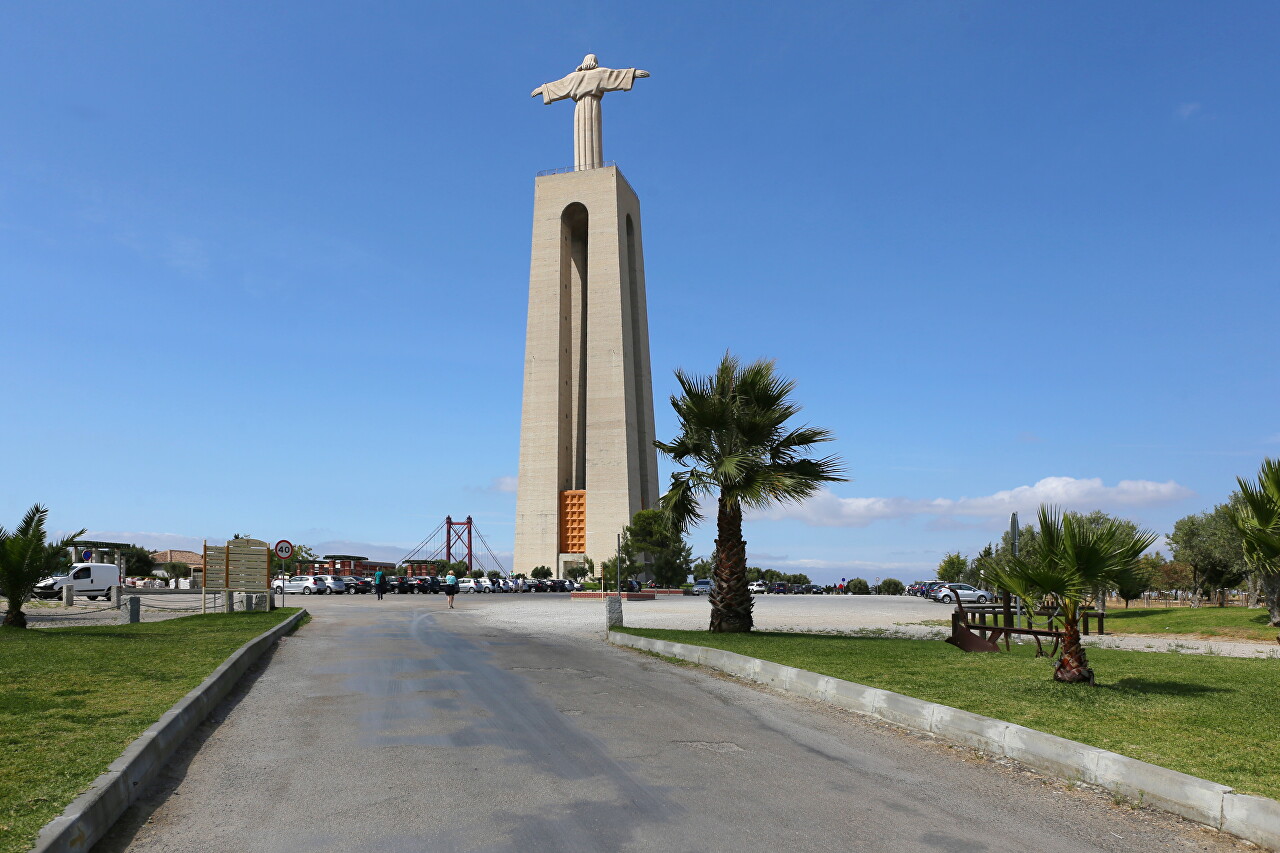
With the help of God or not, Portugal managed to remain neutral and avoid participating in a mass massacre, but the construction of the monument had to wait for economic reasons. There is a well-known legend that the funds for the construction were allegedly collected by Portuguese women whose sons and husbands escaped death on the warfields, but official sources do not confirm this. The construction was funded by the Catholic Church and donations from the International Society of Apostolic Prayers. The place for the monument was allocated in 1941, the first stone was laid only in 1949, and the official opening of the monument took place on May 17, 1959. But even after that, the work continued almost until the end of the twentieth century.
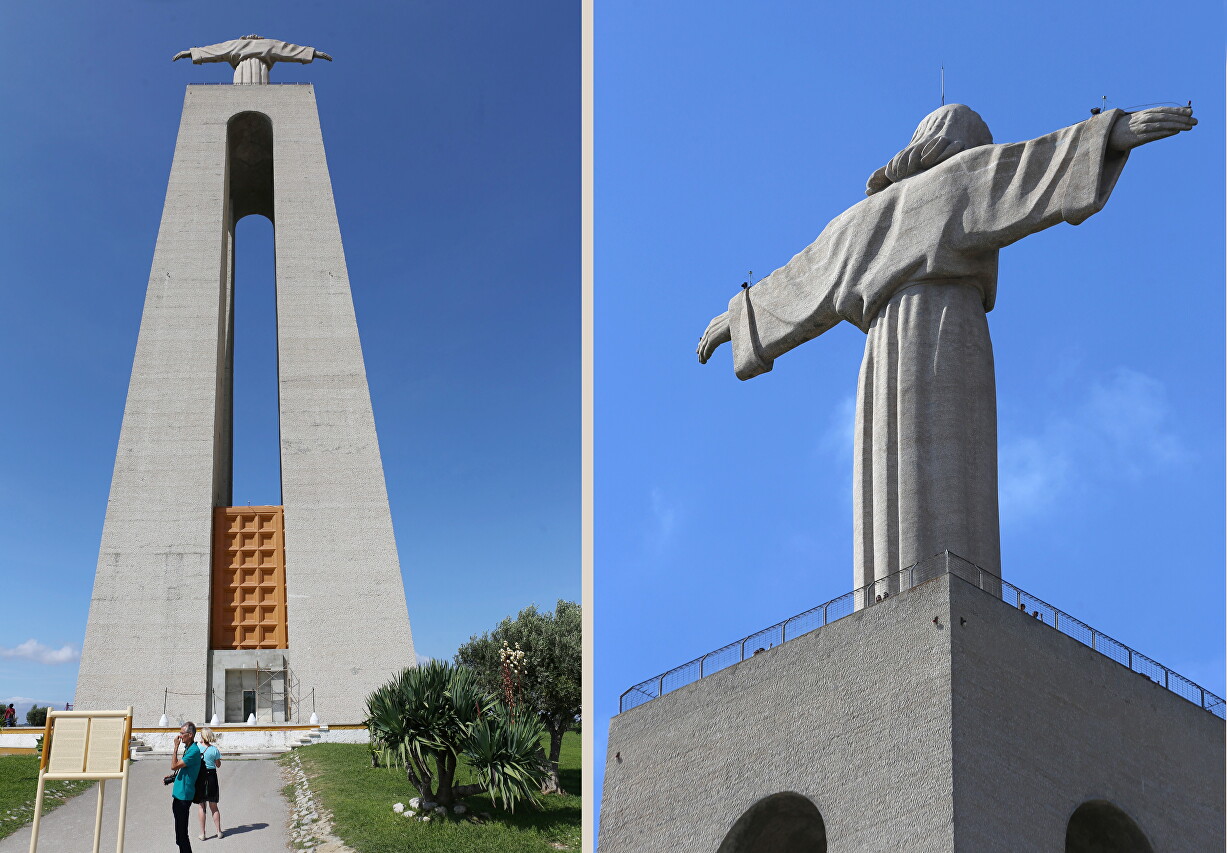
The four-arch pedestal is 83 meters high, designed by architect António Lino. The columns supporting the arches are hollow, and an elevator is mounted inside one of them. The statue is 28 meters high and is the work of the sculptor Francisco Franco de Sousa.
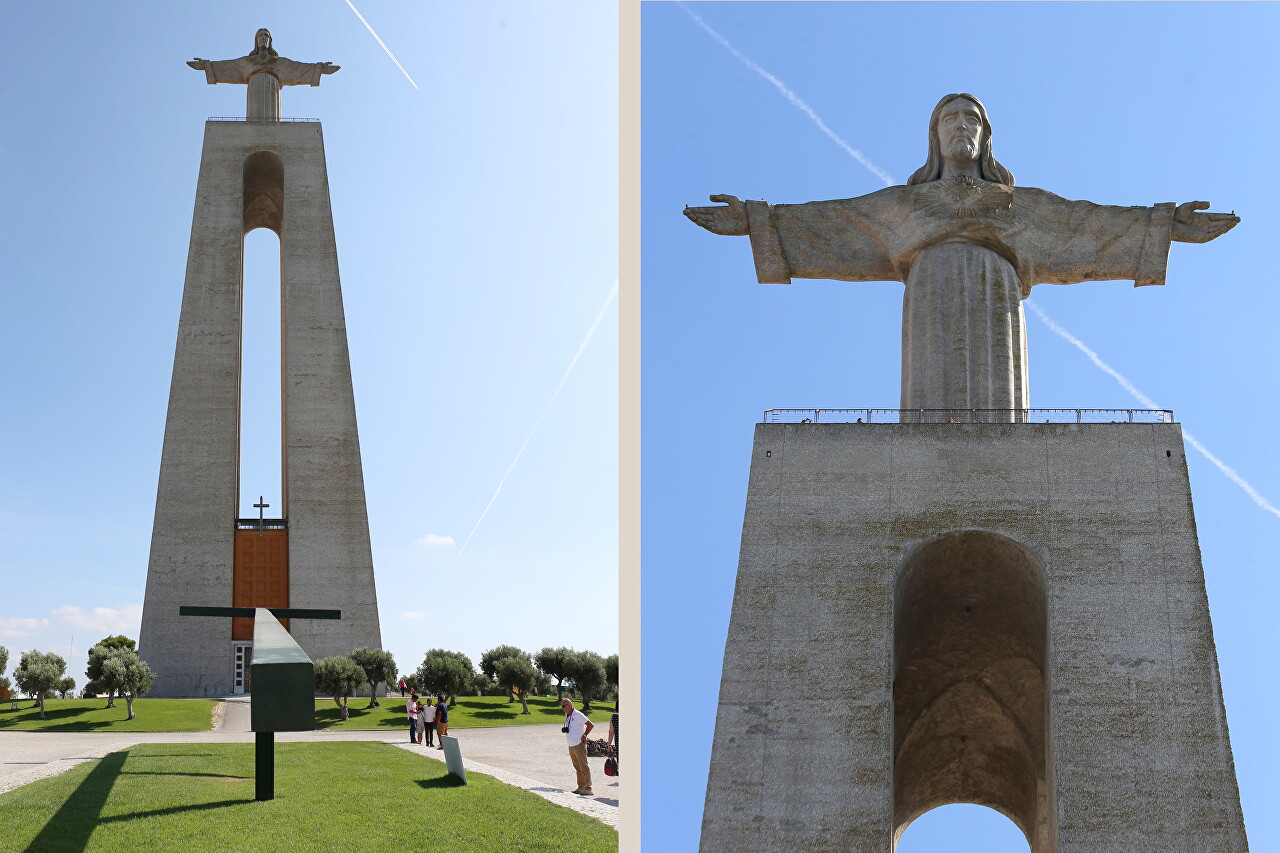
Christ stretched out his arms over the Tagus River and the city for 24 meters.
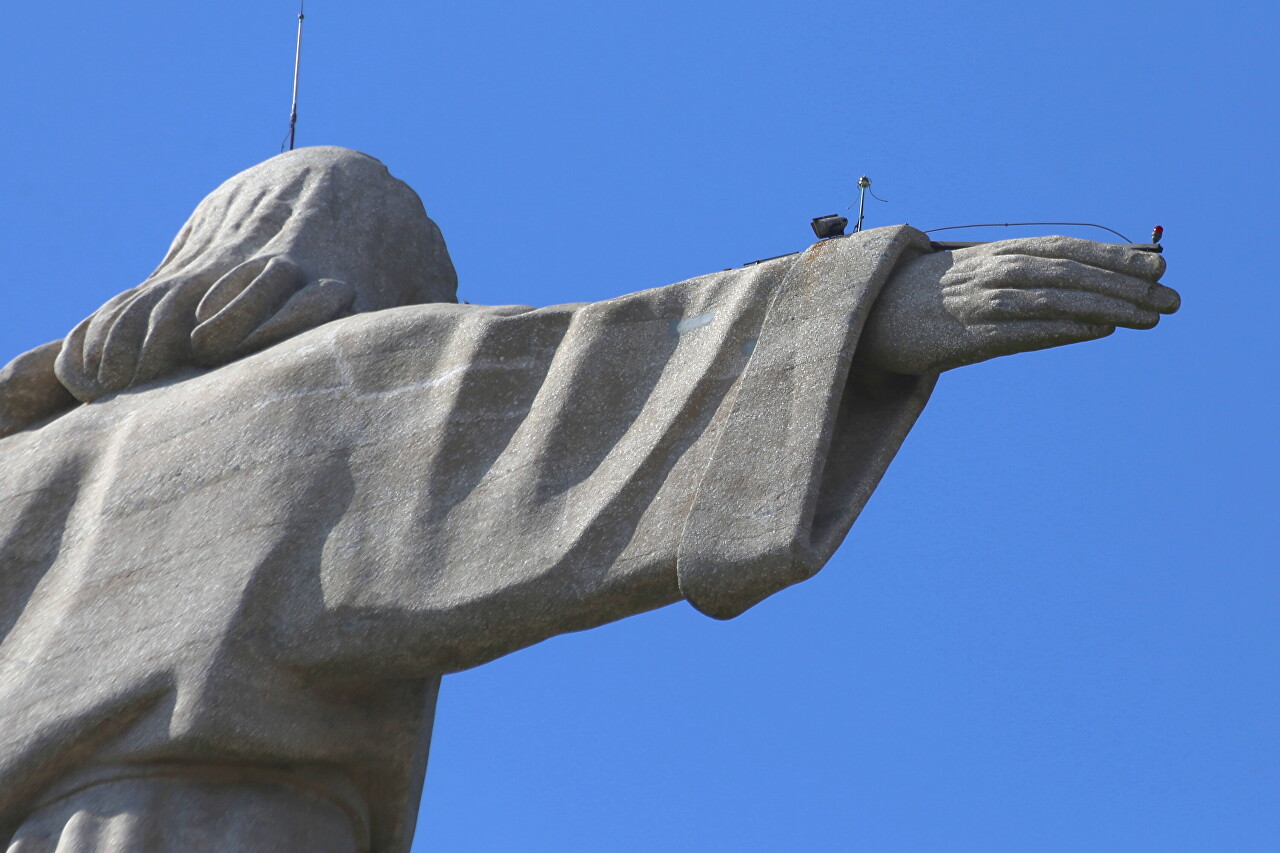
At the foot of the statue, at an altitude of 113 meters above sea level, there is a viewing platform with stunning views of Lisbon and its surroundings.
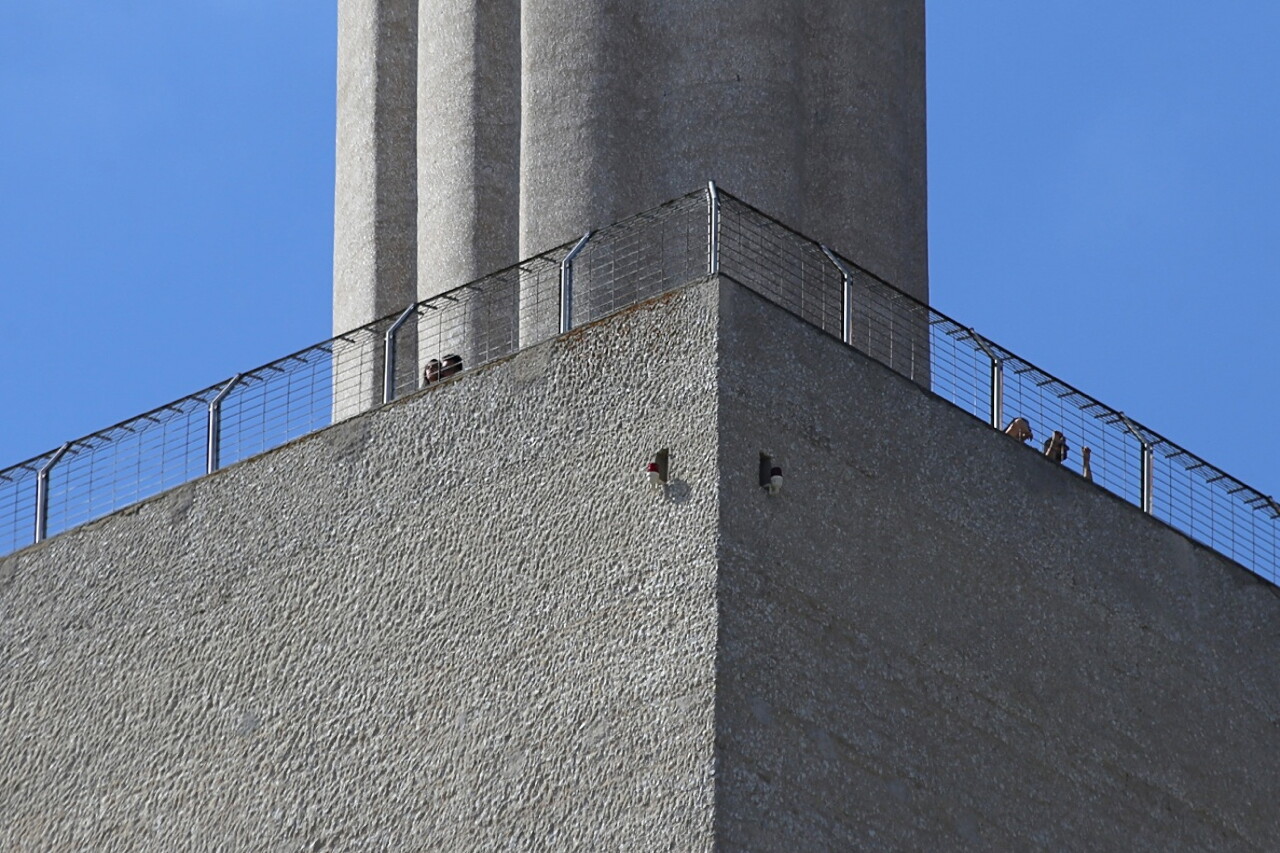
In the lower part of the pedestal there is a museum of the history of the monument's construction.
